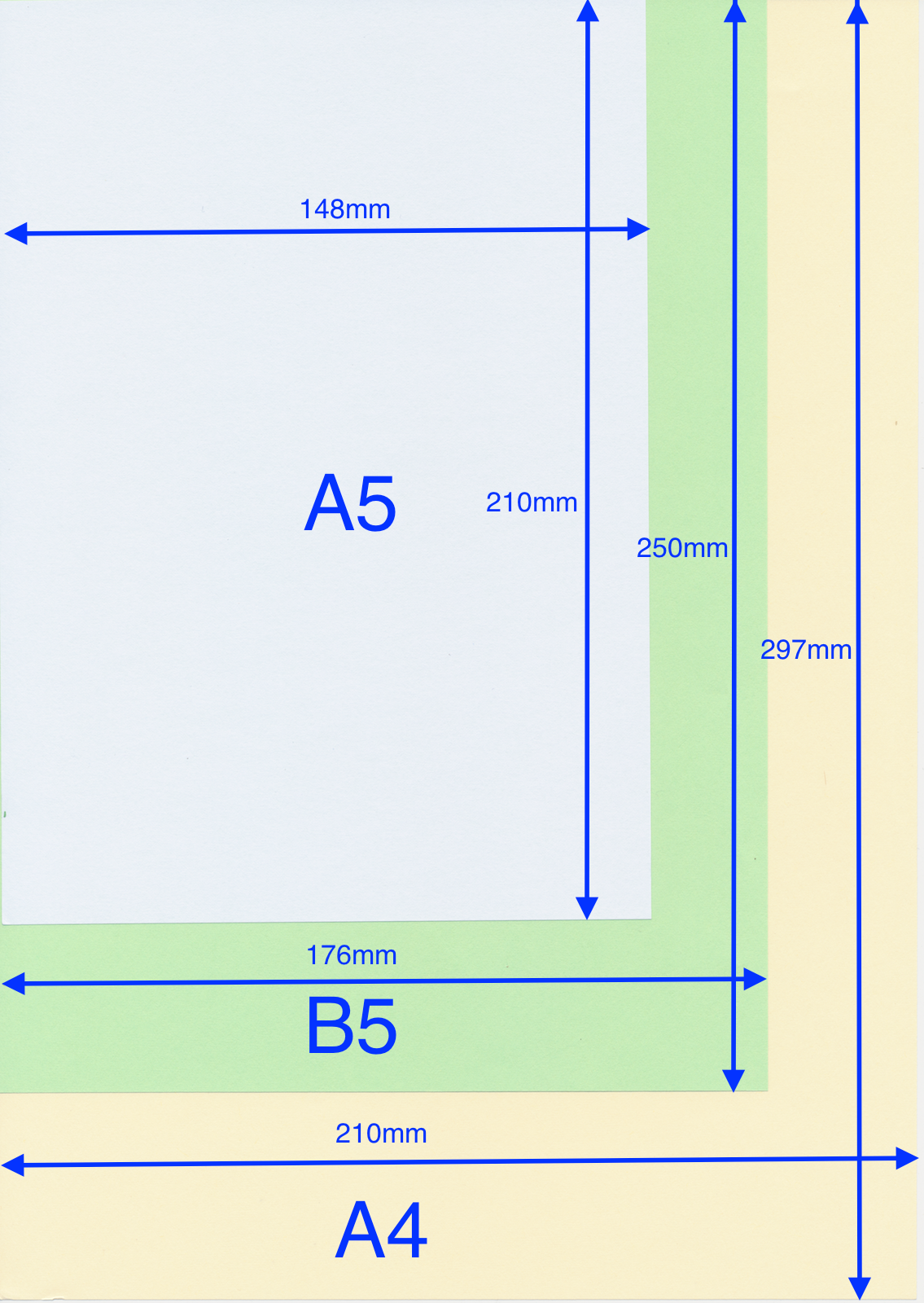A rainbow is a multicolored arc made by light striking water droplets. The most familiar type of rainbow is produced when sunlight strikes raindrops in front of a viewer at a precise angle (42 degrees). Rainbows can also be viewed around fog, sea spray, or waterfalls. A rainbow is an optical illusion—it does not actually exist in a specific spot in the sky. The appearance of a rainbow depends on where you’re standing and where the sun (or other source of light) is shining. The sun or other source of light is usually behind the person seeing the rainbow. In fact, the center of a primary rainbow is the antisolar point, the imaginary point exactly opposite the sun.
Rainbows are the result of the refraction and reflection of light. Both refraction and reflection are phenomena that involve a change in a wave’s direction. A refracted wave may appear “bent”, while a reflected wave might seem to “bounce back” from a surface or other wavefront.Light entering a water droplet is refracted. It is then reflected by the back of the droplet. As this reflected light leaves the droplet, it is refracted again, at multiple angles.
The radius of a rainbow is determined by the water droplets’ refractive index. A refractive index is the measure of how much a ray of light refracts (bends) as it passes from one medium to another—from air to water, for example. A droplet with a high refractive index will help produce a rainbow with a smaller radius. Saltwater has a higher refractive index than freshwater, for instance, so rainbows formed by sea spray will be smaller than rainbows formed by rain.Rainbows are actually full circles. The antisolar point is the center of the circle. Viewers in aircraft can sometimes see these circular rainbows.
Viewers on the ground can only see the light reflected by raindrops above the horizon. Because each person’s horizon is a little different, no one actually sees a full rainbow from the ground. In fact, no one sees the same rainbow—each person has a different antisolar point, each person has a different horizon. Someone who appears below or near the “end” of a rainbow to one viewer will see another rainbow, extending from his or her own horizon.
Guide Question
How can you say that the passage above is a fact or an opinion? Explain your answer (minimum of 5 sentences).
NEED KO PO SALAMAT!!
Answer:
The most familiar type rainbow is produced when sunlight strikes raindrops in front of a viewer at a precise angle (42 degrees). Rainbows can also be viewed around fog, sea spray, or waterfalls. A rainbow is an optical illusion—it does not actually exist in a specific spot in the sky
Answer:
It is a fact!
Explanation:
Reasons:
1. The information given is too complex, you can tell that its a fact at first glance.
2. The passage above is the truth about rainbows.
3. Phrases such as “in fact”, this further states that the passage is indeed, a fact.
4. It is not an opinion, phrases such as “in my opinion”, “i think”, and etc aren’t present.
5. The information given maybe scientifically proven, thus making it a fact.


